Citizen science: how public participation helps grow knowledge
We can all channel our inner amateur researcher and make a valuable contribution to science.
We can all channel our inner amateur researcher and make a valuable contribution to science.
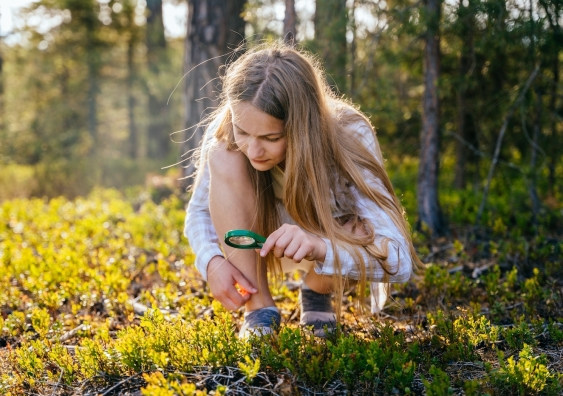
Ben Knight
UNSW Media & Content
(02) 9065 4915
b.knight@unsw.edu.au
From safeguarding the future of our bird populations to exploring how RNA technology can help with challenging health conditions and everything in between, scientists are doing some incredible things for our world. But science isnāt just something for universities or researchers. Science is for everyone, and you donāt necessarily need to rock a lab coat to make a meaningful contribution.
Amateur researchers, known as ācitizen scientistsā, often collaborate with our professional scientists to help them find out more about our world. The term itself is relatively new, but everyday people have been participating and contributing to scientific research for centuries ā and you can too.
One of the main ways citizens can contribute to science is through data collection. For scientists, thereās often a considerable challenge in gathering the amount of data needed to conduct a study. Thatās where they call upon their citizen counterparts to help with tasks like monitoring and recording, which they wouldnāt be able to complete on their own.
āOften, we need lots of data across a large spatial scale, rapidly. For example, after the fires, we needed to know the impact on biodiversity across the affected area,ā says Dr Jodi Rowley, a herpetologist from UNSW Sydney and the . āThereās no way us scientists can collect all this data ourselves ā we need help. Weāre always grateful for and recognise the hard work of all the participants.ā
Dr Rowley is the lead scientist on the , a citizen science project that is improving our understanding of Australiaās unique frog species. Tens of thousands of people across Australia have recorded frog calls via the free FrogID app to help build a massive database of frog records ā almost 700,000 to date.
Through the FrogID project, scientists were able to find and describe Ā thanks to the help of citizen scientists recording frog calls.
āThis database has revolutionised our understanding of frogs in Australia and is being used by myself, other researchers, land managers and conservation agencies across Australia,ā Dr Rowley says.
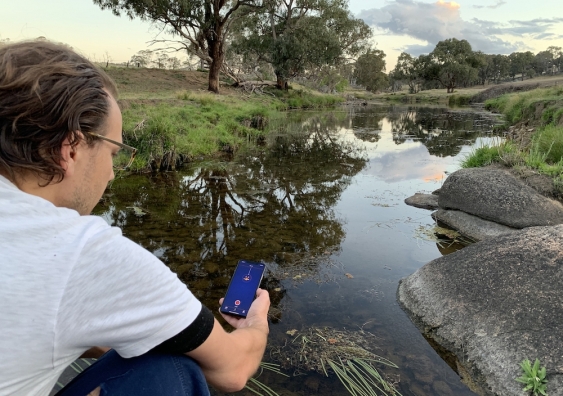
Anyone can take part in FrogID: simply download the free FrogID app and head outside to listen for frogs. Photo: Jodi Rowley.
from the School of Civil and Environmental Engineering leads the innovative community beach monitoring program, , where citizens generate shoreline data using social media photos. Each day, members of the community share their shoreline snaps to help researchers understand how our coastlines are changing over time.
āWith CoastSnap, citizens are contributing daily to the expansion of a dataset that we just wouldnāt otherwise have access to,ā Dr Harley says.
CoastSnap started as a small community program on the Northern Beaches of Sydney, but thanks to the publicās enthusiasm, it has become a global project. More than 20 countries around the world are now actively tracking changes to their coasts.
āWe couldnāt have anticipated the level of incredible participation and that it wouldāve grown as big as it has. Thatās thanks to the community,ā Dr Harley says.
The data produced through projects is often incredibly accurate too. With CoastSnap, itās almost .
āWeāre able to use the data to help monitor the risk of coastal erosion, identify the hotspots that need particular attention, and it also helps us to predict how the coastline changes in response to changing waves and storms,ā Dr Harley says.
Dr Harley says citizen science helps to raise public awareness of science and its critical role in decision-making. Projects that involve the public can help bridge the gap between decision-makers and the community.
āEngaging the community in the data collection helps to overcome some of the barriers that exist between coastal managers, government and citizens,ā Dr Harley says. āThe project helps with educating people about coastline dynamics, as well as obtaining high-quality coastal monitoring information.ā
Some citizen science projects also help to improve scientific literacy by giving participants hands-on experience with the terminology, skills and methods scientists use.
āCitizen science projects helped to get me interested in becoming an environmental engineer,ā Dr Harley says. āI can remember when I was younger, going down to my local creek and measuring the phosphates and pH of the water.ā
Giving people a taste of what itās like to be a scientist also helps to drive interest and enthusiasm for science and can also inspire future generations to pursue a career in STEM.
āItās great to have people be a part of projects and see them completely fall in love with frogs, or at least notice frogs a bit more,ā Dr Rowley says.
āCertainly, one of the hopes of citizen science projects like CoastSnap is to inspire more people to become environmental engineers and environmental scientists, because we do need more in the world,ā Dr Harley says.
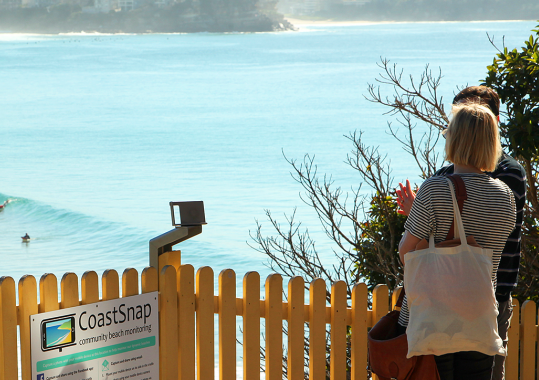
With CoastSnap, citizens contribute coastal data researchers wouldnāt otherwise have access to. Photo: CoastSnap/UNSW Water Research Laboratory.
It can be tempting to dive right in and start foraging around the bush. But itās always important to consider the ethics of engaging with science, particularly when it comes to projects that involve animals or the environment.
āThe FrogID project is designed to collect vital data safely without any inadvertent impact on frogs ā such as no handling of the frogs ā and we have a āsafe frogging pledgeā, which we ask everyone to take,ā Dr Rowley says.
Take the time to read the project guidelines to ensure you are contributing in the most helpful way.
āItās important to follow any instructions carefully to ensure we can use the data youāre collecting and that youāre going about collecting the information safely,ā Dr Harley says.
If youāre interested in becoming a citizen scientist but donāt know where to begin, it can be a good idea to find an established project that matches your interests.
āOf course, you might not know youāre interested in frogs, echidnas or leaves until you begin to pay more attention to them and start being a citizen scientist gathering data on them. So, giving various projects a try is also a good way to start,ā Dr Rowley says.
Here are just some of the ways citizen scientists can help UNSW researchers today.
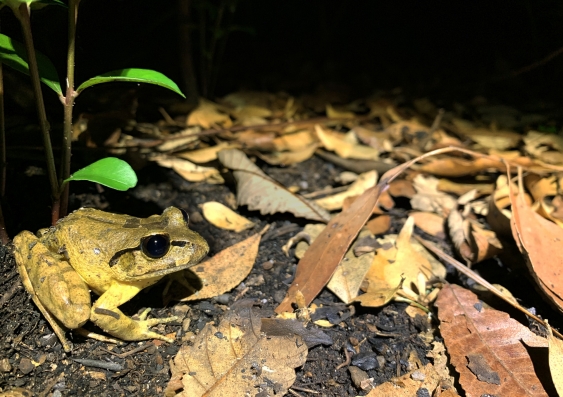
The threatened Southern Barred Frog, one of the frogs recorded calling in burnt areas post-fire using FrogID. Photo: Dr Jodi Rowley
Collect audio recordings of frog calls across Australia to help monitor frog populations.
Citizens have recorded almost 700,000 frog records that scientists have used to make several discoveries, including new species of frogs.
Members of the public can download the app and continue the count of Australiaās frogs to help scientists further conservation efforts.
Read more:
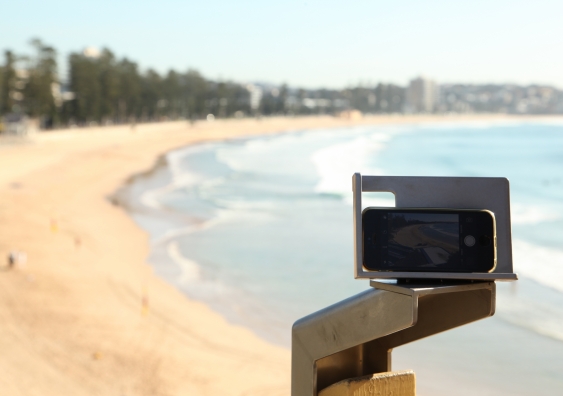
CoastSnap is a network of simple camera mounts at beaches that invite the public to take a photo and upload it to social media. Photo: Larry Paice.
Become a coastal scientist to help predict changes to our beaches.
CoastSnap turns phones into powerful coastal monitoring devices using photo-point cradles and image processing. Over time, community photographers have built an accurate record of how beaches erode and recover.
No matter where you are in the world, if you have a smartphone and an interest in the coast, you can participate.
Read more:Ā
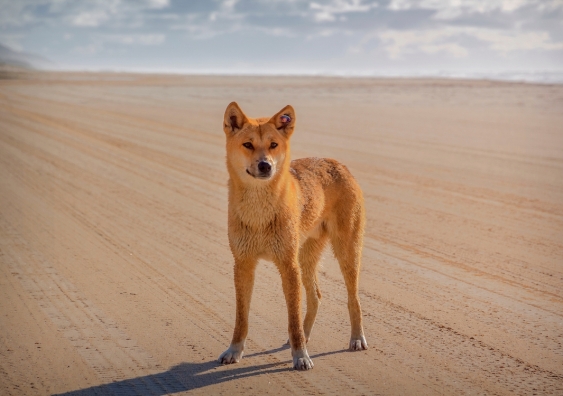
You can help with dingo research from the comfort of your home. Photo: Shutterstock.
Help scientists better understand and manage dingo populations.
requests the publicās help detecting dingoes and other animals from images retrieved from a network of camera traps.
The entire collection ofĀ Dingo? Bingo!Ā photos are now available and ready for classification, so jump right in and help the research team learn more about dingo behaviour.
Read more:Ā
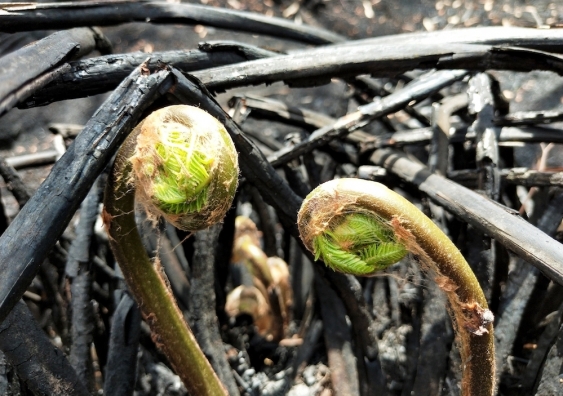
Ferns send up new shoots after the bushfires in January 2020. Photo: Casey Kirchhoff
°Õ³ó±šĢż invites citizen scientists to share their photos of the bushfire recovery.
The project, , has mobilised 1600 volunteers who have made more than 25,000 observations helping track damage, biodiversity loss and gathering vital recovery data.
To contribute data, participants can download the mobile app available via the global citizen science platformĀ , take a photo and upload the image.
Read more:
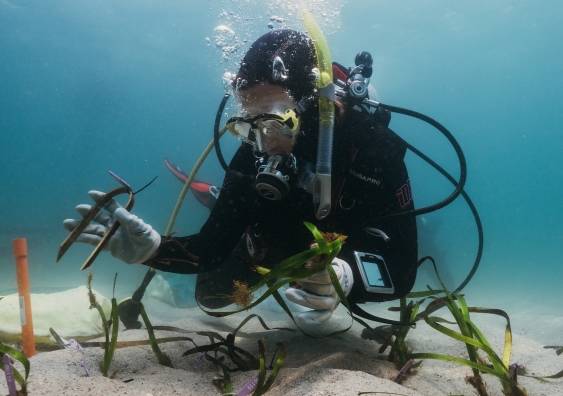
UNSW Science's Giulia Ferretto planting Posidonia australis into old boat mooring scars in Port Stephens. Photo: Grumpy Turtle Creative.
Collect seagrass fragments used to rehabilitate seagrass meadows, one of the most productive ecosystems on earth.
±Ź“Ē²õ¾±»å“Ē²Ō¾±²¹Ģżsupports seahorses, blue swimmer crabs and snapper and is being successfully rejuvenated thanks to the help of volunteers from the local community.
If youāre a dog walker or a local beachgoer, join a local āā and be part of the solution.
Read more: